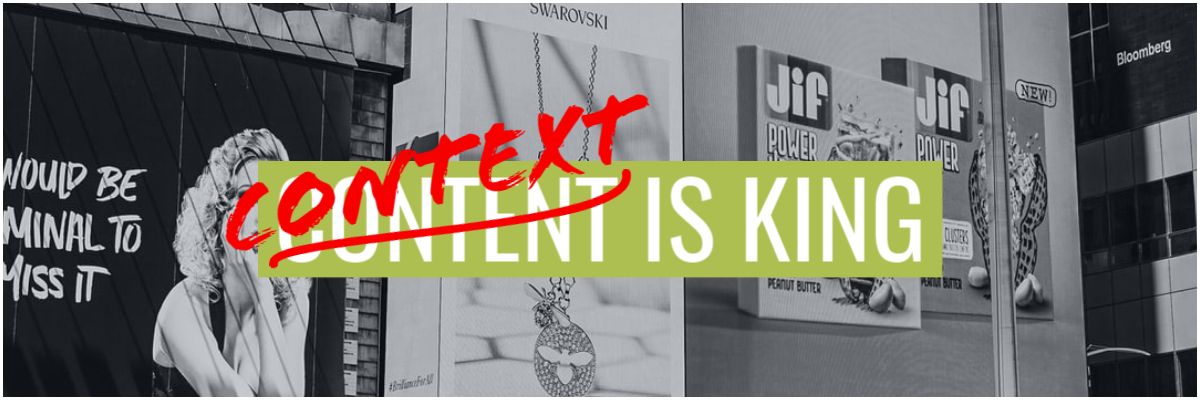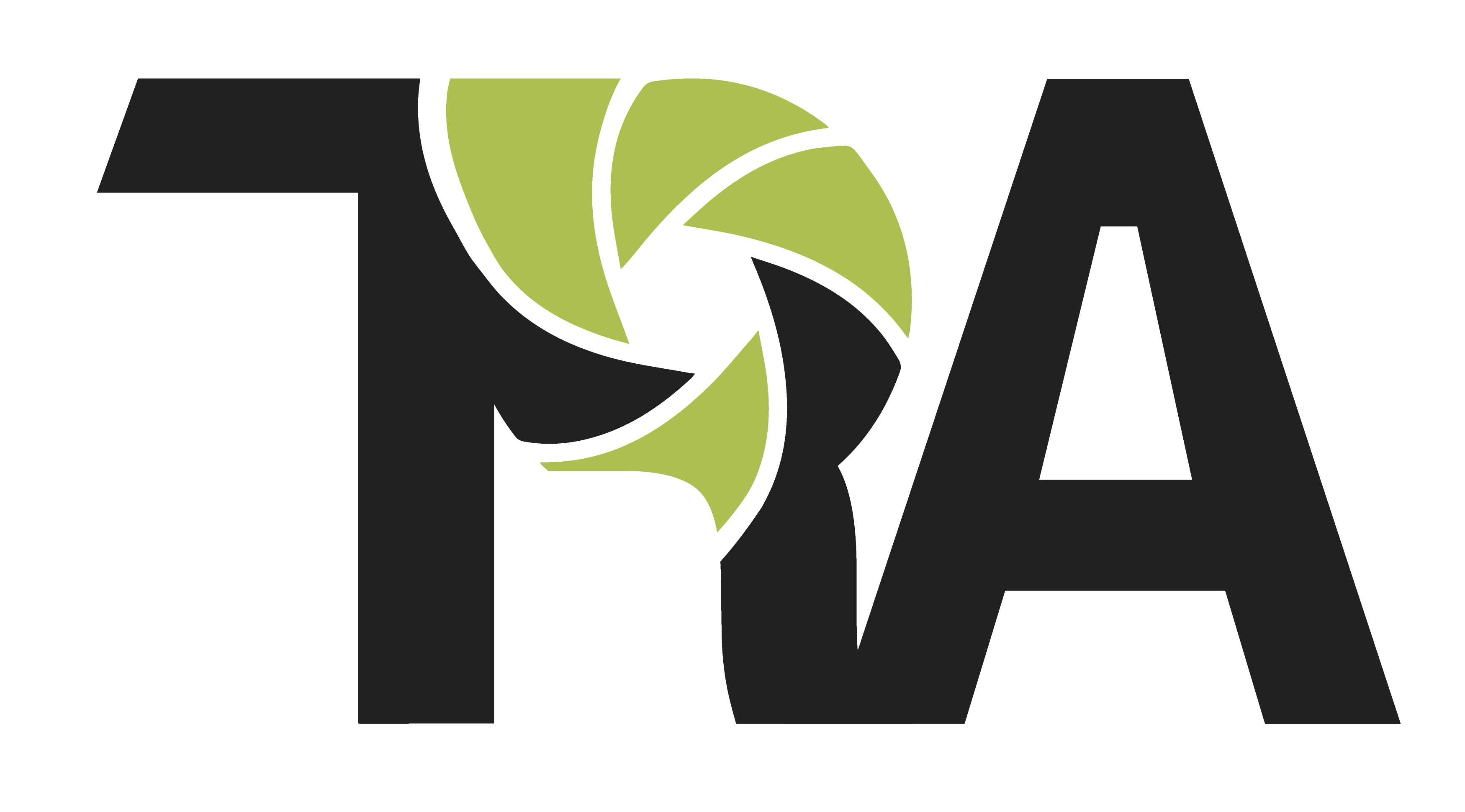Take a minute to think about all the digital content around you, all designed to persuade you to do something.
In a span of 3 minutes you can experience dozens of different pieces of digital content working to motivate you, the consumer, and you don’t even realize it. But what’s more mind-boggling is the amount of non-sponsored content that we’re taking in on a daily basis, which is equally overwhelming.
So while five or ten years ago we proclaimed as marketers that “Content is King,” today, we’re here to add an asterisk to that proclamation:
Content* is King.
*Content which is delivered at the appropriate moment to consumers
No longer are brands building massive marketing campaigns and running one message across all channels for all consumers. Today, marketers must build content and deliver it strategically so that it speaks to consumers where, when, and how they need it.
For example…
When you’re using an app like Waze, you might have noticed that you received a pop-up ad for a Wendy’s as you were approaching a Wendy’s. The brand used your geographical location provided by Waze to serve up a perfectly-timed coupon for $1 off a Frosty.
Or maybe you were researching your next vacation and you started clicking through a hotel’s website and ended up submitting your email address as part of the hotel’s “Enter your email for a chance to win a 2-night stay with us for Labor Day Weekend”. The hotel now knows that you’re looking for a LDW weekend getaway, so their concierge reaches out directly to begin a conversation with you with recommendations for things to do in late summer at their resort. You’re probably now totally invested in a LDW getaway there and whether you win the contest or not, you might just book that trip.
Salesforce Director of Market Strategy Matthew Sweezey sums it up perfectly in his latest book The Context Marketing Revolution: How to Motivate Buyers in the Age of Infinite Media.
“Motivating customers today has nothing to do with getting their attention and everything to do with understanding their context – that is, their current position in time and space and whatever their task may be in that moment. Today, helping people achieve their immediate goals is the only way to break through the noise and motivate consumers to act”.
In short, you need to meet people where they are.
How do you do this? Focus on the Customer Journey.
Salesforce has long touted the importance of the customer journey and optimizing the customer experience through data-fueled automations. In the Context Marketing game, marketing automation, customer data, and AI are your most important resources.
Implementing context marketing in your customer journey doesn’t have to be that crazy, though. It can simply be a smart form on your website, where you insert dynamic content for customers based on the data you’ve already collected from them. If you’re promoting a specific service and a current contact in your database is interested and fills out the form requesting more info, you shouldn’t be asking them to give their first name, last name, and email again; instead, use dynamic form content and CTAs to collect new info from them.
Another easy way to implement context marketing is to segment your audience lists based on where they are in your customer journey so that you’re only sending messages that are 100% relevant to them at that time. For example, someone who is a cold lead shouldn’t be getting the same message as someone who has been going back-and-forth for weeks with a CSR trying to negotiate price. Those are two very different points in a customer journey.
To sum it up, Context is King.
Gone are the days of spending all your time and energy building a piece of content; now, your time and energy should be spend mainly on how you are going to get your specific message across to your audiences so that you can meet them where they’re at.


